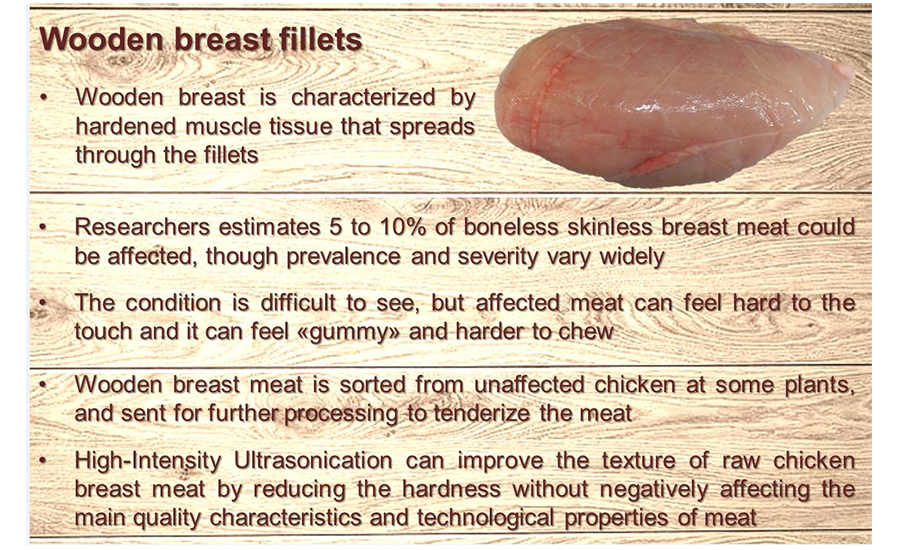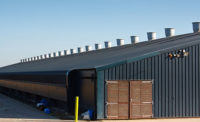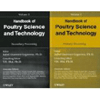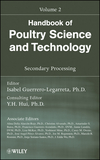Commentary: AMSA
Intensity Ultrasonication can help to mitigate excessive hardness of Woody Breast meat in broilers
The defect compromises the sensory properties and functionality of the final product.

In order to satisfy the growing demand of poultry meat, selection criteria for fast-growing broilers have been addressed to improve especially the pectoralis major muscles, which represent the most valuable portion of the carcass and are used for both processed and fresh meat products.
Beside their undeniable positive implications on productive performance and meat yield, these procedures have brought the appearance of abnormalities affecting the fillets. Among them, the Woody Breast (WB) defect strongly compromises the sensory properties and functionality of the final product. Chicken breasts affected by WB abnormality show a hardened consistency (which may be restricted to some area or diffusely distributed over the whole surface of the muscle) and pale appearance. This defect not only manifest at macroscopic level but is also associated to altered features which can be observed at the microscope, including an overall re-organization of the muscle tissue in which fibers degeneration can be observed along with an excessive synthesis and deposition of connective tissue. Overall, the occurrence of this defect has a significant impact on the technological characteristics and nutritional value of breast meat, causing significant industrial economic losses, as a consequence of the downgrading and/or discarding of the affected meats.
Although in the past few years many research activities have been conducted trying to reduce the incidence of this defect or, at least, to mitigate its negative effects on meat quality, the results obtained so far did not allow to improve the functionality of WB fillets and exploit it to its maximum potential. From this perspective, a trial has been conducted to ascertain the effects of high intensity ultrasound (HIU) treatment on WB meat to evaluate its eventual ability to improve meat tenderness. HIU is an emerging technology having a wide range of applications in the meat sector. In detail, this technology is exploited in light of its potential ability to improve the functional properties of meat through cavitation-induced mechanisms that can affect biological tissues at both macroscopic and microscopic levels.

In our article, overall we proved that HIU can improve the texture of raw chicken breast meat by reducing the hardness without negatively affecting the main quality characteristics and technological properties of meat, such as color and water holding capacity, regardless of the occurrence of the WB condition. Based on the findings achieved in this study, the softening effect associated with HIU treatment seemed not to be due to a water redistribution within the muscle compartments or to a heat-induced protein denaturation as meat samples were treated at refrigerated temperatures. Rather, we hypothesize that the reduced compression forces observed in unaffected meats following HIU treatment might be due to structural changes such as the physical degradation of myofibrillar structures caused by the cavitation process itself. In this scenario, it could be speculated that the myodegenerative lesions typically occurring in WB muscles (i.e., the massive deposition of interstitial connective tissue) may have partially counteracted the mechanical effects of ultrasonic waves on muscle cells’ structures, making the elucidation of the mechanisms that lead to WB meat softening particularly complex. Therefore, we plan to carry out further studies to better elucidate whether the softening of WB muscle following HIU should be truly imputable to the physical damage of myofibrillar protein structures rather than the fragmentation of collagenous macromolecules as well as to determine if it is maintained also after meat processing and cooking operations.
Looking for a reprint of this article?
From high-res PDFs to custom plaques, order your copy today!








